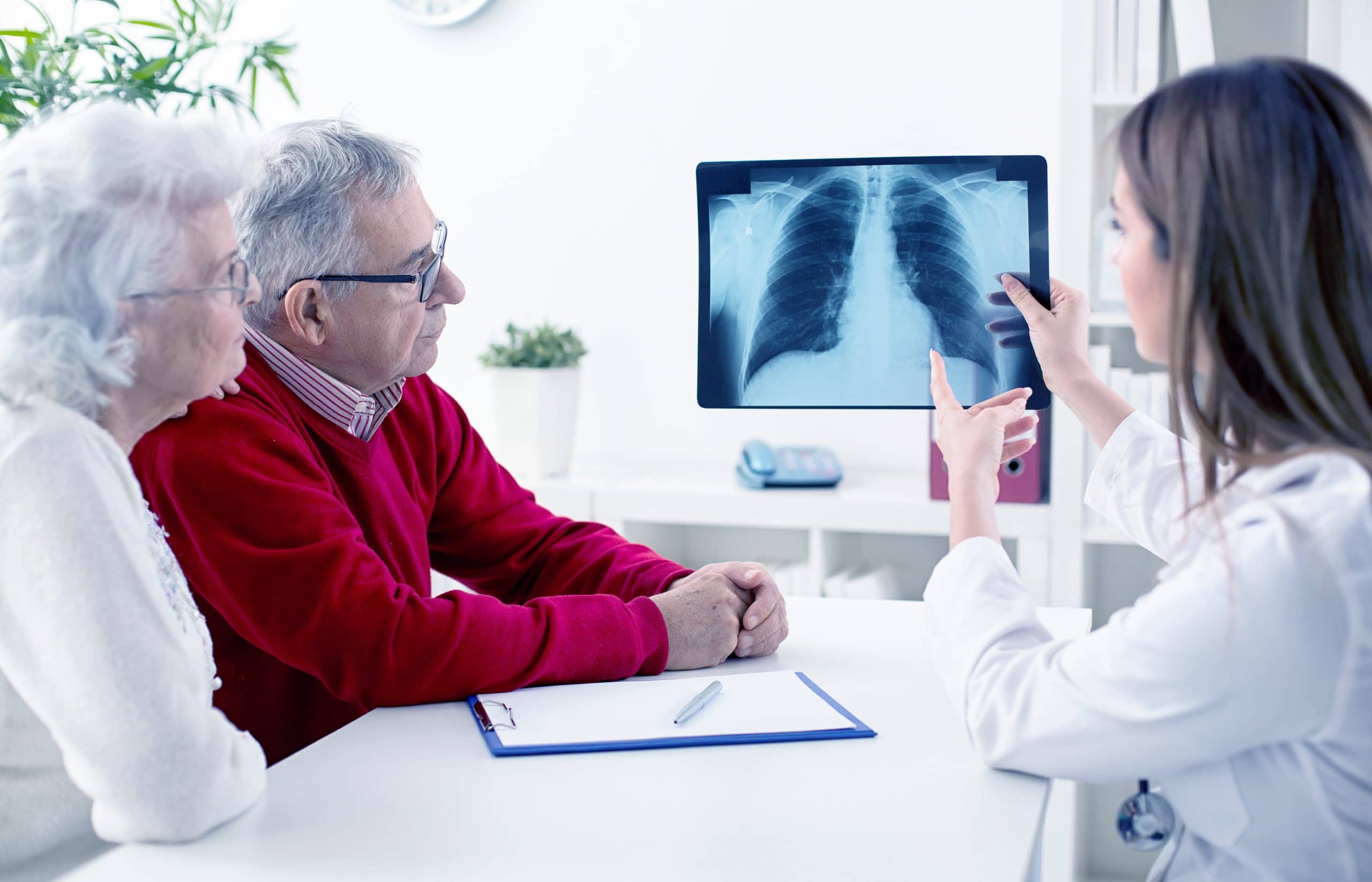What Is Lung Cancer?
Lung cancer is a life-threatening disease that forms in the lung tissues and is most commonly linked to smoking tobacco and exposure to certain environmental and industrial carcinogens. The high prevalence of lung cancer cases worldwide has led to numerous lawsuits, often involving individuals or families seeking legal action against companies responsible for their cancer diagnosis.
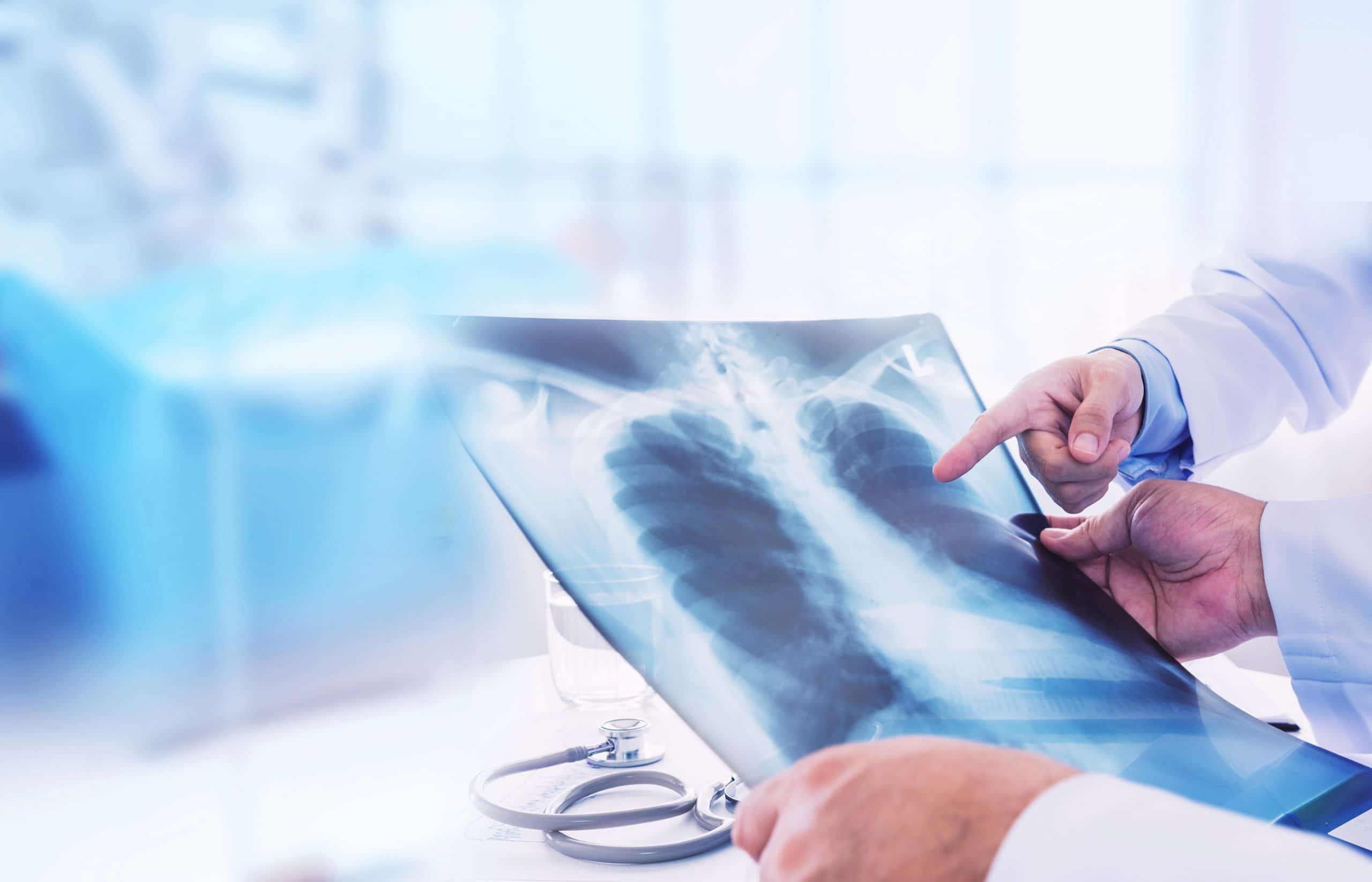
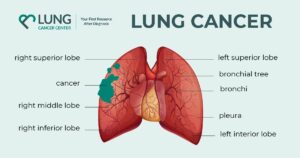
Is Lung Cancer Usually Fatal?
Cancer, a result of cell mutation, is often triggered by factors like chemical exposure and environmental substances such as asbestos. Lung cancer, in particular, arises from mutations in lung tissue and is most commonly linked to inhaling hazardous substances like tobacco. Globally, lung cancer is the leading cause of cancer-related deaths, claiming about 1.8 million lives each year.
A lung cancer diagnosis can be life-threatening, especially when diagnosed at an advanced stage. If you currently live with lung cancer, your outcome can vary depending on several factors, including the stage and type of lung cancer, your overall health, and treatment effectiveness. Early detection and advances in treatment options have helped improve survival rates overall.
Expenses associated with cancer treatment can be substantial for some. In certain cases, families and survivors are able to receive legal compensation if they can determine the liable party. This could include tobacco companies, asbestos manufacturers, or other entities that may have exposed you to carcinogens developing related diseases.
Lung Cancer Causes and Risk Factors
Lung cancer has multiple causes and risk factors. The most significant risk factor is cigarette smoking, which is responsible for the majority of lung cancer cases. Pre-existing conditions, such as tuberculosis, emphysema, or chronic bronchitis, can also increase the risk. In recent years, long-term use of hormone replacement therapy for menopause has been linked to some lung cancer cases.
Prolonged exposure to high levels of air pollutants, radon gas, asbestos, and other environmental hazards are risk factors for cancerous cell mutations. Other factors include long-term exposure to arsenic, diesel exhaust, and indoor pollutants such as stoves and fireplaces. Frequent exposure to environmental hazards puts certain occupations at risk for developing cancer, including shipyard and construction workers.
For some, family history can contribute to an increased risk of a lung cancer diagnosis. These risks often derive from shared environmental exposures, including second-hand smoke. Inherited lung conditions such as pulmonary fibrosis can elevate the risk. In rare cases, patients can inherit hereditary genetic mutations (pathogenic genetic variants).
Asbestos Exposure and Poisoning

Asbestos exposure is a risk factor for lung cancer. When asbestos-containing materials are disturbed, such as during demolition or renovation work, tiny asbestos fibers can become airborne. When you inhale asbestos fibers, the body cannot break them down naturally. They can become trapped in the lungs, leading to inflammation and scarring of lung tissues. Over time, this scarring reduces lung function and increases cancer risk.
Prolonged asbestos exposure causes an irreversible disease called asbestosis and, in rare cases, an aggressive cancer called mesothelioma. Mesothelioma typically forms in the cells that line the lung membrane (pleura) but can affect the lining of the abdomen (peritoneum), heart (pericardium), or testicles (tunica vaginalis).
Occupations that involve the handling of asbestos-containing products, including military service jobs, lead to a higher risk of developing cancer. Multiple shipyards were involved in the use or disposal of asbestos. Mesothelioma has a long latency period, and it can take several decades for cancer symptoms to appear after initial asbestos exposure. Mesothelioma is often diagnosed in advanced stages.
Smoking Effects and Secondhand Smoke

Cancer-causing chemicals in tobacco smoke can mutate cell DNA and further damage a smoker’s lung. Smokers account for the majority of lung cancer cases and also risk developing heart disease and stroke.
Burning tobacco has dangerous effects for both smokers and non-smokers. Inhaling secondhand smoke introduces the same chemicals, increasing the risk in those who have never smoked. When you involuntarily inhale tobacco, you become exposed to over 7,000 chemicals, including 70 that cause cancer.
Other issues caused by secondhand smoke can occur, especially in children and pregnant women. Secondhand smoke is linked to sudden infant death syndrome (SIDS), low birth weight in infants, developmental issues, and respiratory lungs infections.
Short and Long-Term Radon Exposure

Short and long-term exposure to radon, a naturally occurring radioactive gas, is the second-leading cause of lung cancer. Radon gas is produced by the breakdown of uranium in soil, rocks, and groundwater. It is invisible, odorless, and tasteless. About one out of every 15 homes in the U.S. contains lethal amounts of radon build-up.
Exposure to radon causes about 20,000 lung cancer deaths each year. Even brief exposure to high concentrations of radon can damage lung tissue, potentially leading to lung cancer. Prolonged exposure to radon can cause chest pain, coughing up blood, and respiratory problems such as persistent coughing, wheezing, and shortness of breath.
Lung cancer due to radon exposure may take years or decades to develop. Individuals and families living in homes with elevated radon levels are at a significant risk. Radon testing is available in most areas and can help prevent cancer.
Hazardous Chemicals and Air Pollutants

Often, through inhalation, exposure to hazardous chemicals and air pollutants can damage healthy tissue and lead to lung cancer. These chemicals include but are not limited to:
- Arsenic
- Asbestos
- Benzene
- Cadmium
- Chromium
- Formaldehyde
- Household aerosol sprays and cleaning agents
- Nickel
- Petroleum
- Uranium
Air pollutants, such as particulate matter (PM), volatile organic compounds (VOCs), and nitrogen oxides (NOx), released from industrial processes, vehicular emissions, and other courses contaminate the air we breathe. Workers in these industries and individuals living near these facilities are at greater risk.
Air pollution is not limited to industrial settings and can occur anywhere. Prolonged exposure to air pollutants can lead to chronic inflammation, which is associated with cancer development. Common toxins found in air pollution that can lead to lung cancer include:
- Carbon monoxide
- Nitrogen dioxide
- Smog
- Sulfur dioxide
For lung cancer legal help, fill out a free case evaluation form today.
Lung Cancer Symptoms
Lung cancer symptoms can be subtle in the early stages, which often leads to a delayed diagnosis when the disease has progressed to advanced stages. Often, patients do not experience any pain while in the early stages and mistake other symptoms for something else. Common symptoms include:
- Persistent cough
- Chronic dry cough
- Coughing up blood
- Fever and night sweats
- Moderate to severe chest pain
- Recurrent lung infections
- Shortness of breath
- Unexplained weight loss
Advanced cancer can cause additional symptoms, such as hoarseness, bone pain, and neurological issues.
Spotting early symptoms can lead to a less advanced diagnosis, which can impact treatment outcomes and improve survival. The 5-year survival rate is significantly higher in lung cancer patients diagnosed in its earliest stage.
Lung Cancer Screenings and Diagnosis
Lung cancer screenings are typically recommended for high-risk individuals, including long-term smokers aged 55 to 80. During your initial assessment, your healthcare provider will assess your risk factors, smoking history, and overall health. Once it has been determined that you may be at risk for lung cancer, the diagnosis process begins.
Doctors use various modalities to diagnose lung cancer, including:
- Chest X-ray: A chest X-ray may be the initial screening tool to detect tumors or abnormal growths in the lungs; however, X-rays have limitations in detecting early-stage cancer.
- CT: A low-dose computed tomography (CT) scan is a common and preferred screening method. CTs can provide detailed, 3-dimensional images of the lungs and detect small abnormalities.
- MRI Scan: Magnetic resonance imaging (MRI) scans are not typically used for initial screening but may be recommended for further evaluation and tissue density tests.
- PET Scan: Positron emission tomography (PET) scans can help determine if a lung mass is cancerous or benign.
Individuals eligible for early lung cancer screening usually get screened at a healthcare facility or radiology center. A radiologist analyzes the results, and any suspicious findings are discussed with the patient.
When done early, screening can be a life-saving measure for those at risk for cancer. If you know you were exposed to carcinogens on a prolonged basis, talk to your healthcare provider about early screening.
Types of Lung Cancer
Doctors categorize lung cancer into two main types: non-small cell lung cancer (NSCLC) and small cell lunger cancer (SCLC). Each lung cancer type has distinct characteristics, including its growth patterns, staging, and treatment options.
Small Cell Lung Cancer (SCLC)
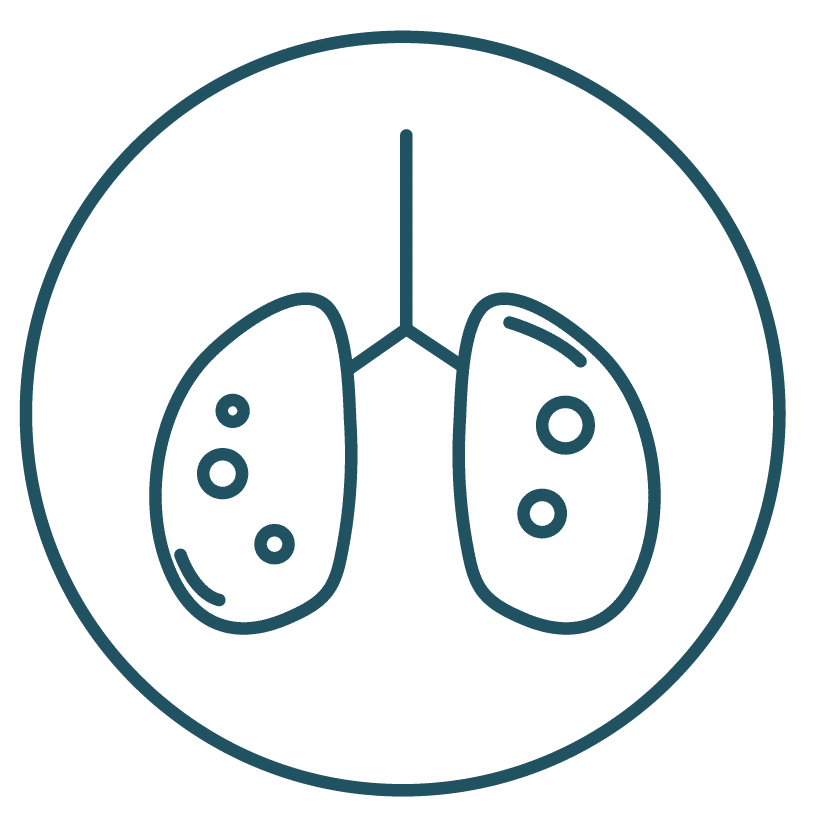
Small cell lung cancer, usually caused by smoking, accounts for about 10-15% of cases. While less common, it is highly aggressive and spreads quickly. SCLC is divided into two stages: the limited stage (confined to one lung and nearby lymph nodes) and the extensive stage (spread beyond the lung or to the opposite lung).
Non-Small Cell Lung Cancer (NSCLC)
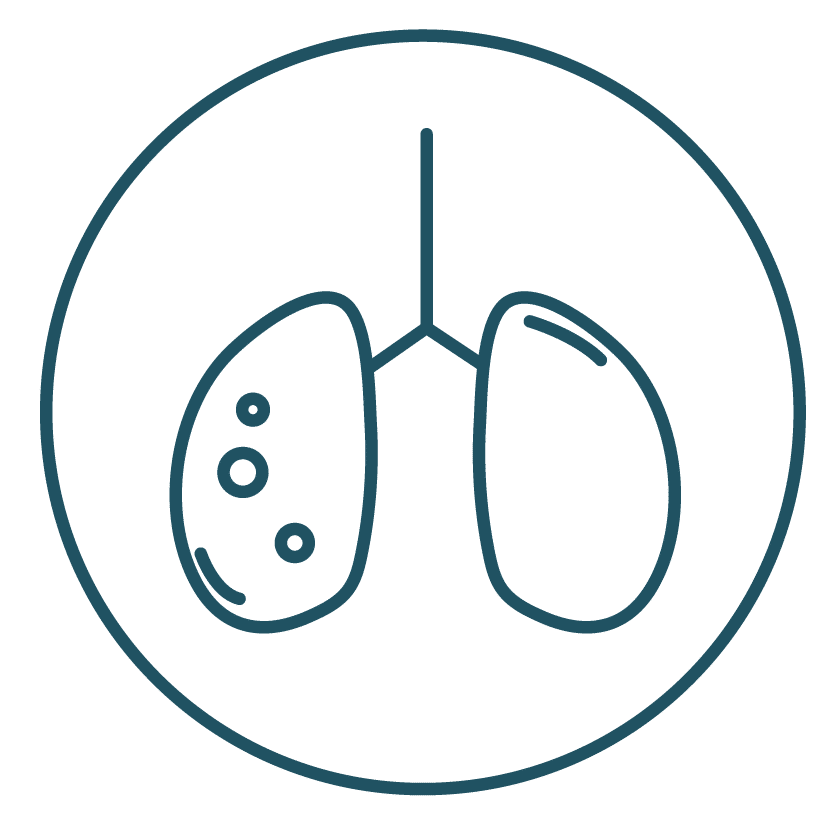
Non-small cell lung cancer accounts for 80-85% of cases and is caused by smoking and exposure to other carcinogens. NSCLC is often slow-growing. In recent years, researchers have advanced their understanding of NSCLC subtypes, including adenocarcinoma, squamous cell carcinoma, and large cell carcinoma.
In both NSCLC and SCLC cases, eligibility for legal compensation may depend on demonstrating a clear link between occupational exposure to carcinogens and the development of lung cancer. Consider consulting with a legal professional who specializes in product liability to determine the viability of your compensation claim.
Asbestos Lung Cancer
Asbestos cancer, also known as mesothelioma, is caused by exposure to asbestos. The naturally occurring mineral was widely used throughout the 20th century in construction, shipbuilding, and other industries. Asbestos is dangerous when its fibers are broken up, released into the air, and inhaled or ingested.
A well-documented case of exposure to asbestos at the World Trade Center occurred on September 11, 2001. The attack released asbestos dust into the surrounding area and directly into the victims’ lungs. Planners built the Twin Towers in the late 1960s and early 1970s before asbestos regulations.
Exposure to the mineral can increase the risk of cancer in several ways. Asbestos can cause ongoing inflammation and scarring in the lungs, which creates conditions where cancerous changes are more likely to occur. Additionally, asbestos exposure can lead to a harmful process called oxidative stress, which damages DNA and causes genetic mutations that play a key role in the development of cancer. Asbestos can help cells with pre-existing gene mutations to grow and survive, further raising the risk of cancer.
Lung Cancer Stages
There are four main stages of lung cancer, although there are some variations depending on the type and subtype. These are stage 1, stage 2, stage 3, and stage 4. After receiving a diagnosis, your doctor can determine the stage of the disease using the TNM classification system. The “T” stands for tumor size and extent, the “N” represents nearby lymph node involvement, and the “M” indicates the presence or absence of distant tumors.
In addition to staging, cancer grades are used to assess how closely the cancer cells resemble normal cells under a microscope. Low-grade tumors closely resemble normal cells, while high-grade tumors have more abnormal, aggressive features.
The mandatory parameters for grading and staging include detailed pathological examination of tissue samples, imaging studies, and clinical assessments. Accurate staging and grading help set a parameter for doctors to determine treatment and predict outcomes.
Stage 1 Lung Cancer
Stage 1 lung cancer is an early form of the disease, where cancer is limited to the lung and has not spread to nearby lymph nodes or distant organs. It is often highly treatable and associated with better chances of a cure. In the U.S., about 23% of cases are diagnosed at an early stage.
Stage 2 Lung Cancer
Stage 2 lung cancer is still considered an early stage, but it indicates that the cancer has grown and may have spread to nearby lymph nodes. Treatment options are still widely available at this point of progression and may include surgery to remove the tumor, along with chemotherapy and radiation therapy.
Stage 3 Lung Cancer
Stage 3 lung cancer is considered an advanced stage where cancer has spread to nearby lymph nodes or other tissues in the chest. Treatment may involve surgery, chemotherapy, and radiation therapy. The prognosis at stage 3 is generally less favorable than stage 2 but potentially curable.
Stage 4 Lung Cancer
Stage 4 lung cancer is the most advanced form, often involving the spread of cancer to distant organs such as the liver, brain, or bones. Advanced lung cancer is not typically considered curable and can be challenging to manage. Treatment at this stage is primarily aimed at managing symptoms and enhancing the quality of life.
The life expectancy for stage 3 and stage 4 lung cancer can vary depending on several factors, including the type of lung cancer, specific tumor locations, treatment effectiveness, and a patient’s ability to undergo treatments. Some patients respond well to treatment and live for several years, while others may have a shorter life expectancy.
Lung Cancer Prognosis
A cancer prognosis is an estimate of the likely course and outcome of the disease that’s specific to the individual patient. The prognosis determines treatment plans, setting outcome expectations, and, in some cases, providing emotional stages support. Medical professionals use their expertise, experience, and available data to help determine the unique prognosis of each patient.
Lung Cancer Survival Rate and Life Expectancy
The overall five-year survival rate for lung cancer is around 24% but varies by stage. The actual percentage ranges from 57% for early stages and around 7% for advanced stages. Individual circumstances, including the type of cancer, can affect survival.
Mesothelioma survival rates are generally lower depending on the prognosis. The median survival is around 12 to 22 months after a diagnosis in comparison to lung cancer in earlier stages.
Lung Cancer Treatment Options
Lung cancer treatment addresses and manages the disease, with the primary goal of eliminating or controlling cancer cells. Treatment options can vary based on stage and type of cancer. In patients with SCLC, surgery is generally not a primary treatment option due to its aggressive nature and early metastasis. Patients with NSCLC are more likely to undergo more aggressive treatments like surgery and radiation therapy.
Surgery
Surgical removal of the tumor is often recommended for early-stage cancer. Surgery procedures can range from removing a small portion of the lung to an entire lung. Sometimes, the surgeon removes nearby lymph nodes to prevent further spread.
Chemotherapy
Chemotherapy involves the use of drugs to kill cancer cells or stop their growth. It can be used as a primary treatment or in conjunction with other therapies to help shrink tumors and alleviate symptoms. Patients typically receive chemotherapy through an IV, pill, or combination of both.
Radiation Therapy
High-energy X-rays or other forms of radiation are used to target and destroy cancer cells. Radiation therapy can be delivered externally or internally. Patients often undergo radiation therapy to improve their prognosis and shrink tumors when they do not qualify for surgery.
Immunotherapy
Immunotherapy drugs enhance the body’s immune system to recognize and fight cancer cells and have been effectively used in some advanced lung cancer cases. As a newer approach to cancer treatment, immunotherapy works effectively by blocking the mechanisms that reduce immune response. Patients with advanced or metastatic cancer who undergo immunotherapy may experience improved outcomes.
Palliative Care
Palliative care focuses on symptom management and improves the quality of life in patients, rather than fighting the disease. This treatment approach addresses pain, discomfort, and emotional distress through various therapies and care. Most patients can integrate palliative care at any stage.
Clinical Trials and Alternative Treatments
Emerging treatments often occur as the result of clinical trials. Patients can participate in new clinical trials to undergo potentially life-saving treatments not yet available elsewhere. If you are interested in finding out your eligibility for a clinical trial, you can talk to your healthcare team, including your oncologist.
Living With Lung Cancer
Living with lung cancer is a complex and challenging journey. Resources are out there to help navigate the disease so patients and their support systems do not feel alone. These resources help provide guidance, assistance, and emotional comfort throughout the process.
A cancer diagnosis can cause many emotions, including fear, anxiety, and depression. Resources that help with emotional well-being, such as support groups, counseling, and therapy open a space to share experiences and coping strategies. Working with a counselor can address issues related to cancer patients, including body image and managing the physical side effects of treatment.
Caregivers play a large role in the cancer journey and can sometimes feel burnt out. Resources are available to help caregivers navigate their roles and provide essential assistance to their loved ones so that they can feel some relief, too. Numerous foundations and advocacy groups, such as the American Lung Association, offer information, resources, and financial aid to assist patients and their loved ones.
Get Financial Compensation for Lung Cancer
Financial support can help cancer patients and their families access advanced treatments, pay for medical bills, and cover lost wages, reducing the financial burden and allowing them to focus on recovery. This support ultimately lightens the financial load, allowing patients to concentrate on their treatment. On the other hand, some patients seek legal justice to bring a sense of accountability for those responsible, providing closure and peace of mind during a challenging time.
Your first step in obtaining financial compensation for lung cancer should be consulting with an attorney who is experienced in these cases. They can evaluate the specifics of your situation and advise on the strength of your case. Once liability has been determined, you will need to identify the liable party or parties for your cancer diagnosis, including tobacco companies and asbestos manufacturers.
A good attorney will help you gather evidence to support your case, including medical records, employment history, and any documentation of exposure to harmful substances. Once you feel you have what you need, your attorney will file a lawsuit on your behalf. After the lawsuit is filed, there may be negotiations or a trial to determine liability and compensation. In many cases, parties reach a settlement outside of court. If your case is successful, you will be awarded compensation.
Navigating the legal process can be complex. We assist patients with help finding a network of trusted legal professionals with expertise in handling these cases. Start seeking accountability for your diagnosis and reach out to Lung Cancer Center today.

